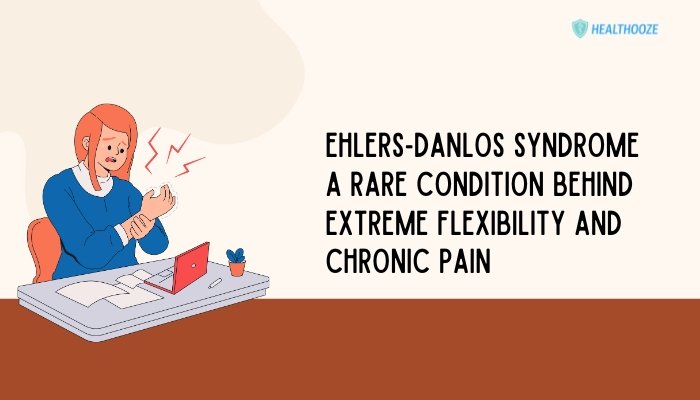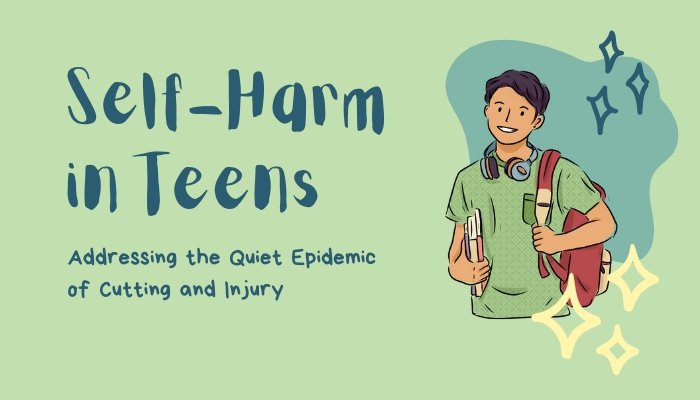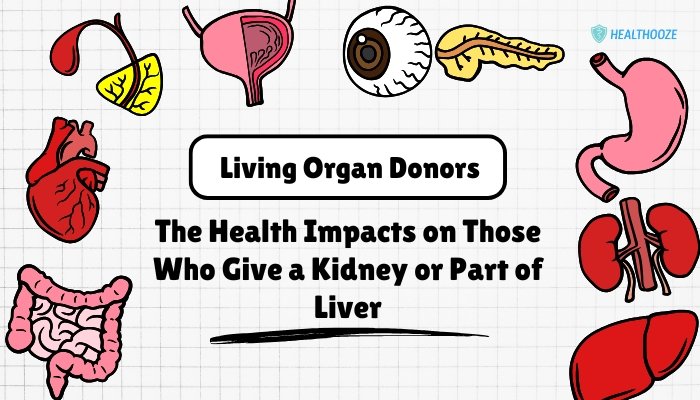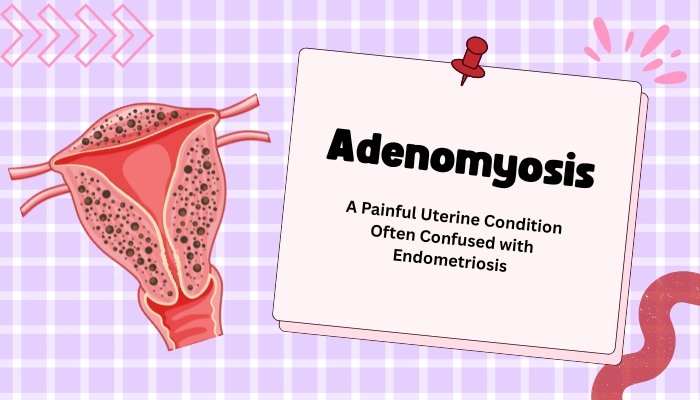Physicians often devote themselves to caring for others, yet they grapple with higher-than-average suicide rates compared to the general population. Long shifts, emotional demands, and the perfectionistic culture of medicine strain even the most resilient individuals.
Despite awareness of mental health issues in other professions, the discussion around physician suicide still harbors stigma, preventing many doctors from seeking help. While the exact number is debated, estimates suggest hundreds of physicians die by suicide each year in the United States alone—equating to at least one physician suicide per day.
This article examines the contributing factors behind physician suicide, the hidden barriers to care, and the interventions that can save lives. By openly addressing the psychological toll of medicine and encouraging systemic changes, healthcare institutions and policymakers can create an environment that values doctors’ well-being as much as their professional contributions.
Understanding the Scope
Prevalence of Physician Suicide
Studies have consistently shown that physicians exhibit elevated suicide rates. One meta-analysis suggests they are at 1.4 to 2 times higher risk than the general population. Female physicians seem particularly vulnerable, with some data indicating their suicide rate is up to three times that of the general female population. While mental health issues are more openly recognized, the invisibility of distress among doctors remains a pressing concern.
Specialty Variations
- Anesthesiologists and Surgeons: Access to lethal means (anesthetic agents, prescription narcotics) and high-pressure settings.
- Psychiatrists: Ironically, they face elevated suicide risks despite their mental health focus, potentially due to prolonged exposure to patient trauma and stigma within their profession.
- Emergency Physicians: Fast-paced environment with frequent high-stress emergencies may compound stress levels.
However, no specialty is immune; suicidal ideation and burnout are widespread, from family medicine to pediatrics.
Factors Driving Physician Suicide
Complex personal and systemic pressures converge, heightening the susceptibility of medical professionals to severe depression and suicidal behavior.
Workplace Stress and Burnout
- Long Hours and Overwork: Extended shifts, on-call duties, and night hours disrupt normal sleep and personal life, generating chronic fatigue and emotional exhaustion.
- Emotional Demands: Continuous exposure to patient suffering, difficult diagnoses, and end-of-life care weigh heavily. Compassion fatigue is common among caring professionals.
- Administrative Burden: Increasing paperwork, electronic health record tasks, and productivity metrics can overshadow time for patient care, fueling frustration and disillusionment.
Perfectionistic Culture and Fear of Failure
- High Expectations: Medicine emphasizes excellence, self-sacrifice, and minimal margin for error. Doctors internalize a need to be infallible.
- Shame Around Mistakes: Errors or malpractice allegations can trigger intense guilt, risking mental distress. Self-criticism and fear of reputational harm intensify.
Stigma and Licensing Concerns
- Licensing Questions: Many states inquire about mental health diagnoses or treatments on license applications, deterring doctors from seeking care.
- Lack of Confidential Care: Physicians worry about privacy breaches, impacting their willingness to openly discuss mental health struggles.
- Self-Diagnosis or Denial: Some try to “treat themselves,” ignoring the severity of symptoms until reaching crisis.
Access to Lethal Means
Physicians have knowledge of and easy access to medications and methods that can facilitate a lethal outcome. This factor partly explains why their suicide attempts are more likely to succeed compared to the general population.
Signs and Warning Indicators
While many physicians carefully conceal their distress, certain clues can emerge in daily interactions.
Behavioral Changes
- Increased Absenteeism or Tardiness: Uncharacteristic disorganization or lateness may reflect fatigue or lack of motivation.
- Social Withdrawal: Reduced participation in team or social activities. Avoiding peers to hide emotional strain.
- Substance Misuse: Escalating reliance on alcohol or prescription drugs for coping.
Emotional Cues
- Irritability or Mood Swings: Unusual anger or negativity, sometimes directed at minor triggers.
- Despair or Hopelessness: Expressing a bleak outlook, seeming detached or resigned about the future.
- Increased Self-Critical Remarks: Overemphasis on perceived failures or guilt.
Performance and Judgment
- Errors or Oversight: Decline in clinical performance, missing obvious diagnoses, or charting inconsistencies.
- Excessive Risk-Taking: In personal life or clinically, possibly indicating reduced self-preservation instincts.
Colleagues and supervisors who regularly interact with the physician play a vital role in spotting these red flags. Compassionate outreach, though challenging, can open a path for intervention.
Overcoming Barriers to Care
Despite the availability of mental health services, many physicians hesitate to use them. Addressing these systemic and cultural roadblocks is crucial.
Confidential Mental Health Support
- Anonymous Hotlines: 24/7 crisis lines designed specifically for medical professionals. Provide immediate, private counseling options.
- Independent Providers: Clinics or counselors unaffiliated with the physician’s hospital to ensure anonymity and reduce fear of gossip.
- Telehealth Services: Virtual therapy offers privacy and flexible scheduling.
Reforming Licensing and Credentialing
- Focus on Current Impairment, Not History: Boards should ask about functional impact, not just prior diagnoses or treatments.
- Encourage Early Treatment: Clear guidelines emphasizing that seeking help is a sign of responsibility, not weakness, and does not automatically endanger a license.
Peer Support and Mentoring
- Physician Well-Being Committees: In-house groups that confidentially address mental health concerns, facilitate counseling, and debrief staff post-critical events.
- Resident and Fellow Mentors: Experienced doctors who overcame burnout or depression can model recovery and resilience for trainees.
- Normalized Debrief Sessions: Regular talk-based sessions can mitigate stress accumulations and promote team cohesion.
Evidence-Based Interventions and Prevention Strategies
Cognitive Behavioral Therapy (CBT)
- Targeting Distorted Thoughts: Helps physicians challenge irrational guilt or perfectionism.
- Relaxation and Coping Tools: Reduces catastrophic thinking, encourages balanced self-evaluation.
Mindfulness-Based Stress Reduction
- Meditation and Breath Work: Improve emotional regulation, lower anxiety.
- Improved Awareness of Stress Signals: Foster earlier self-intervention, preventing crises.
Organizational Culture Shifts
- Limiting Excessive Work Hours: Enforcing stronger duty hour guidelines, encouraging real breaks.
- Promoting Work-Life Integration: Flexible scheduling, telemedicine roles, or sabbatical programs to reduce chronic stress.
- Open Discussion of Mistakes: Non-punitive approaches to error reporting that emphasize learning over blame, lessening anxiety around imperfection.
Crisis Management
- Immediate Interventions: For those exhibiting severe suicidal ideation, ensuring rapid referral to specialized inpatient or partial hospitalization programs.
- Postvention Protocols: When a colleague dies by suicide, supportive debriefs help survivors process grief and reduce contagion risk.
The Role of Leadership and Policy
Hospital administrators, medical associations, and government bodies share responsibility for promoting physician well-being. Persistent institutional changes can diminish stressors that predispose doctors to suicidal thoughts.
Hospital and Clinic Administration
- Resilience Training: Integrate mental health modules into continuing education; highlight coping strategies for high-stress scenarios.
- Proactive Screening: Periodic mental health check-ins for staff; incorporate into yearly evaluations or well-being surveys.
- No Repercussions for Accessing Support: Enact policies guaranteeing no penalization for seeking therapy or medication.
Medical Boards and Accreditation Bodies
- Revised Credentialing Forms: Avoid broad mental health queries that deter treatment; focus on current functional capacity and patient safety.
- Continuing Medical Education (CME): Mandate modules covering stress management, burnout, suicide prevention to keep the topic front and center.
Professional Organizations
- Advocacy: Lobby for legal protections that prevent discrimination or undue license scrutiny for mental health reasons.
- Public Awareness: Campaigns highlighting that physicians are human, encouraging compassion from patients and colleagues.
- Research Funding: Support large-scale studies on effective interventions and track program outcomes for best practice guidelines.
Family, Friends, and Self-Care
Physicians often rely on their intimate circles to maintain balance amid demanding careers. Engaging these networks and practicing self-care are crucial elements for mental health.
Family and Peer Support
- Open Communication: Spouses, siblings, or close friends who observe mood changes can gently suggest therapy or respite.
- Joint Therapy Sessions: Family counseling can help address relationship strains triggered by a physician’s workload or emotional withdrawal.
- Peer Groups: Finding safe spaces to share experiences with other physicians normalizes emotional vulnerability and fosters mutual understanding.
Self-Care Practices
- Regular Exercise: Running, swimming, or even brief home workouts can relieve stress, improve mood.
- Healthy Sleep Hygiene: Prioritizing 7–8 hours of rest, limiting electronic device usage pre-bedtime.
- Mindful Eating: Balanced meals, avoiding frequent reliance on caffeine and sugary snacks during shifts.
- Hobbies and Breaks: Valuing non-medical interests helps restore balance, shift focus away from constant patient care demands.
Looking Ahead: Building Sustainable Medical Careers
Preventing physician suicide and supporting mental health requires systemic transformation in the medical community. Greater emphasis on well-being promotes not only compassionate, high-quality patient care but also preserves the careers of talented, devoted clinicians.
Long-Term Outlook
- Holistic Training: Medical schools weaving psychological self-care and resilience training into curricula may reduce burnout and suicidal ideation among young doctors.
- Leadership by Example: Seasoned physicians who speak openly about their own therapy experiences can dissolve stigma and embolden peers.
- Continuous Quality Improvement: Healthcare institutions must track staff turnover, mental health metrics, and satisfaction to refine interventions.
Collective Responsibility
- Interprofessional Collaboration: Nurses, physician assistants, and allied health professionals share workplace stress. Addressing mental health as a team fosters a supportive environment.
- Patients and Public: Recognizing that overworked, stressed doctors can’t provide optimal care. Pushback against unrealistic time demands or workloads can be beneficial for both sides.
- Societal Recognition: Encouraging a cultural mindset that doctors are neither superhuman nor immune to emotional struggle. Compassionate policies can mitigate the silent crisis.
Conclusion
Physician suicide stands as a stark reminder that healers themselves need healing. The reasons for these high suicide rates are multifaceted—extreme job stress, perfectionistic culture, licensing hurdles, stigma, and unaddressed personal vulnerabilities. Effective prevention calls for broad-based solutions: from revising licensing regulations and reforming hospital culture to offering confidential mental health services and championing peer-led support programs. By creating an environment in which doctors feel safe seeking help and practicing self-care, the medical field can uphold not only the well-being of physicians but the very integrity of patient care.
Real change hinges on courage within the medical community to confront the silent epidemic and collectively declare that saving lives includes safeguarding the lives of those who serve.
References
- Center C, Davis M, Detre T, et al. Confronting depression and suicide in physicians: a consensus statement. JAMA. 2003;289(23):3161–3166.
- Schernhammer E, Colditz GA. Suicide rates among physicians: a quantitative and gender assessment (meta-analysis). Am J Psychiatry. 2004;161(12):2295–2302.
- Andrew LB, Brenner BE. Physician suicide. Ann Emerg Med. 2000;35(6):629–633.
- Gold KJ, Sen A, Schwenk TL. Details on suicide among US physicians. Arch Intern Med. 2013;173(14):1377–1378.
- Berg S, Smith E, Kostas T. Effective ways to reduce physician burnout. AMA Steps Forward. 2020.
- Shanafelt TD, Hasan O, Dyrbye LN, et al. Changes in burnout and satisfaction with work-life balance in physicians and the general US working population between 2011 and 2014. Mayo Clin Proc. 2015;90(12):1600–1613.
- West CP, Dyrbye LN, Shanafelt TD. Physician burnout: contributors, consequences, and solutions. J Intern Med. 2018;283(6):516–529.
- Simone J, Trockel M, Mullangi S, et al. Addressing mental health needs: an integral element of physician well-being and patient care. Acad Med. 2022;97(8):1117–1120.
- Dyrbye LN, West CP, Satele D, et al. Burnout among U.S. medical students, residents, and early career physicians relative to the general U.S. population. Acad Med. 2014;89(3):443–451.
- Thomas LR, Ripp JA, West CP. Charter on physician well-being. JAMA. 2018;319(15):1541–1542.
- Shapiro J, Galowitz P. Peer support for clinicians: a programmatic approach. Acad Med. 2016;91(9):1200–1204.
- Barton K, Hirsch J. A call to action for preventing physician suicide. N Engl J Med. 2020;382(3):e4.






